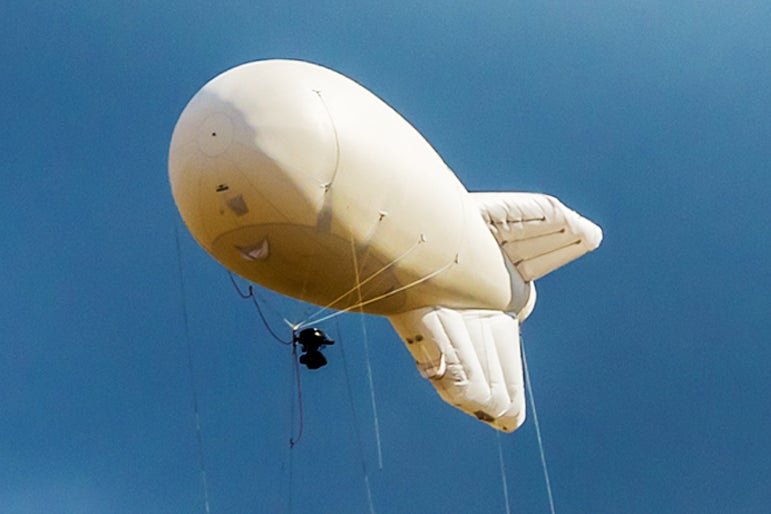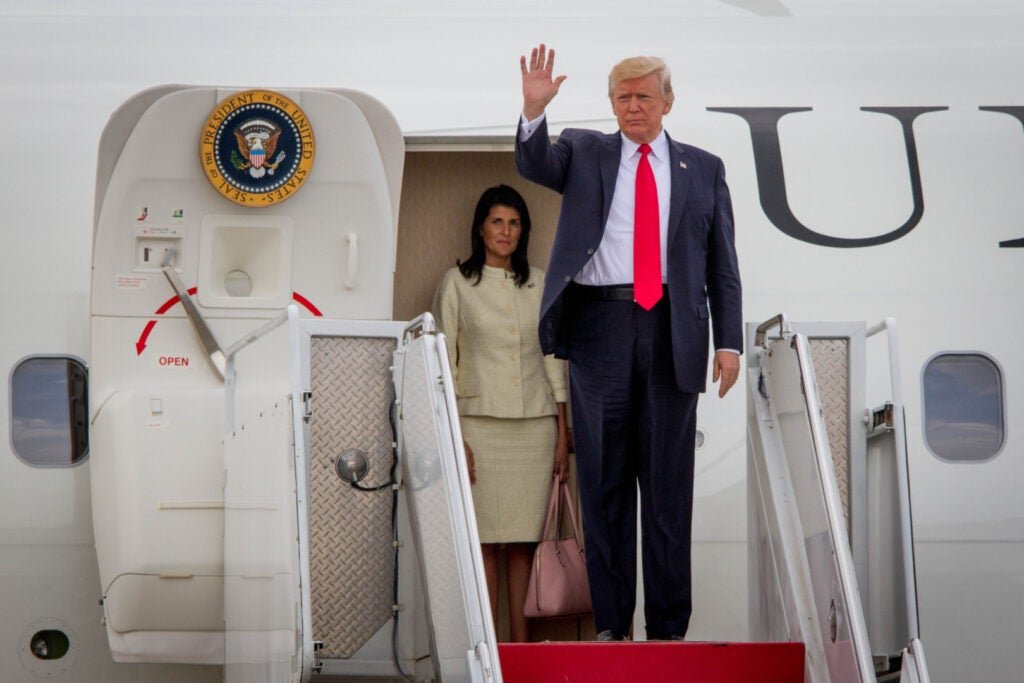The U.S. military is currently keeping a close watch on a small, high-altitude balloon as it makes its way across the country. The balloon, first spotted over the Western U.S., has been deemed non-threatening to national security.
The North American Aerospace Defense Command (NORAD) confirmed the presence of the balloon, floating at an altitude of 43,000 to 45,000 feet. Fighter jets were deployed to investigate the object initially due to concerns about its presence.
Fortunately, NORAD determined that the balloon was non-maneuverable and did not pose a threat to national security. The Federal Aviation Administration (FAA) also confirmed that the balloon does not pose a risk to flight safety.
The balloon, made of Mylar with a small cube-shaped box attached underneath, is expected to reach Georgia by Friday night. However, the origins and purpose of the balloon remain unknown. This incident comes on the heels of a similar event a year ago involving a Chinese balloon carrying surveillance equipment, which strained relations between the U.S. and China.
The recent balloon incident highlights ongoing concerns about airspace security and the potential for surveillance activities. Given the tensions between the U.S. and China over similar occurrences in the past, it is crucial for authorities to remain vigilant and monitor such incidents closely.
It is essential for the U.S. military and relevant agencies to continue tracking and monitoring such objects to ensure the safety and security of the nation’s airspace. As technology advances, the potential for unauthorized surveillance and security threats via high-altitude balloons or drones is a real concern that must be addressed proactively.
In conclusion, incidents like the one involving the high-altitude balloon serve as a reminder of the importance of maintaining airspace security and staying alert to potential threats. By staying vigilant and proactive in monitoring such activities, the U.S. can better protect its national security interests.





